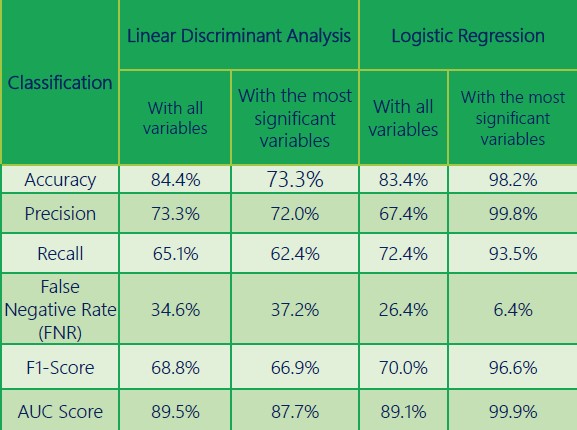
This paper aims to investigate the impact of mobile phone use on driving behaviour and more specifically the sizes of the speed, acceleration and lead time through statistical analysis of imbalanced data using Machine Learning techniques. For classification and regression of mobile phone usage, telematics data from the OSeven, collected from naturalistic measurements, were used. Mobile phone use was defined as an indicator of risky behaviour and classification was performed on two levels of driving behaviour (risky and not risky). Variables related to travel speed were found to be the most sig-nificant independent variables, while according to the classification evaluation metrics, the most appropriate model was considered to be that of Linear Discriminant Analysis. Furthermore, a significant proportion of the drivers, about 25% of those recorded, used a mobile phone during driving without being aware of the activity for which they were using their mobile telephone.
| ID | pc539 |
| Presentation | |
| Full Text | |
| Tags |













